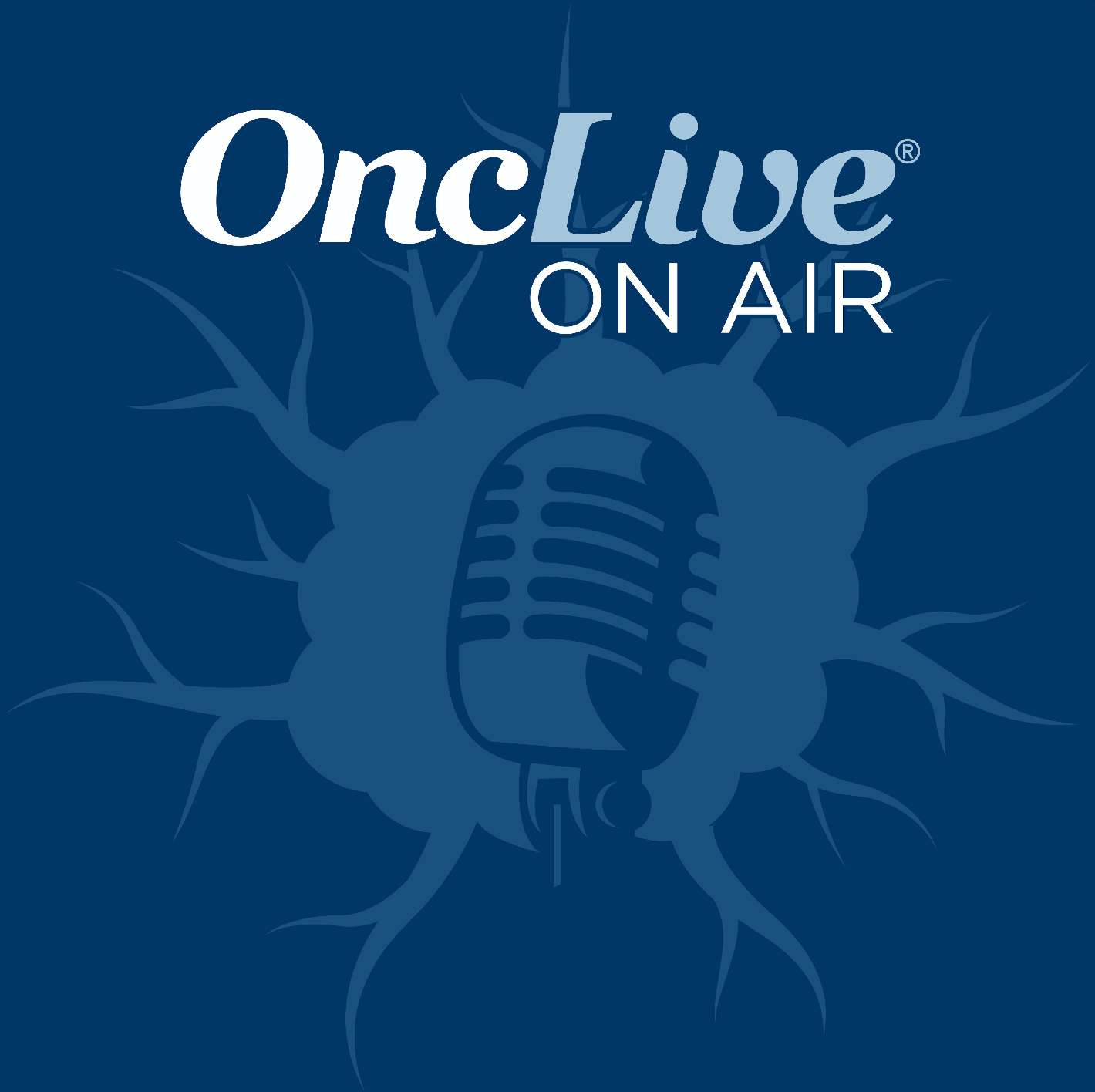Article
FDA Grants Naxitamab Priority Review for Relapsed/Refractory High-Risk Neuroblastoma
Author(s):
The FDA has granted a priority review designation to a biologics license application for the investigational, humanized monoclonal antibody naxitamab (Danyelza) for the treatment of patients with relapsed/refractory high-risk neuroblastoma.

The FDA has granted a priority review designation to a biologics license application (BLA) for the investigational, humanized monoclonal antibody naxitamab (Danyelza) for the treatment of patients with relapsed/refractory high-risk neuroblastoma.1
“We believe that the FDA’s acceptance of our BLA for priority review of our first leading antibody compound, naxitamab, is a significant achievement for Y-mAbs and a crucial step forward as we anticipate that [the agent], if approved, can address a significant unmet need for children with relapsed/refractory high-risk neuroblastoma,” Thomas Gad, founder, chairman, president, and head of Business Development and Strategy of Y-mAbs Therapeutics, Inc. stated in a recent press release.
Naxitamab, a monoclonal antibody that targets GD2, was developed by investigators from Memorial Sloan Kettering Cancer Center (MSK) and is exclusively licensed by MSK to Y-mAbs Therapeutics, Inc. The BLA was based on prior data with the agent from the phase 2 studies 201 and 12-230. The complete data comprising the BLA package has not yet been made available to the public, but the data are planned to be released later this year, according to Y-mAbs.
Initial results from the Study 12-230 trial (NCT01757626) had been presented at the 2019 International Society of Pediatric Oncology Annual Congress.2 At the meeting, data from several subsets of patients who received the agent were released.
In 28 patients with primary refractory high-risk neuroblastoma, the ORR as 78% and the 2-year PFS rate was 50%. In a subset of 35 patients with relapsed neuroblastoma resistant to salvage therapy, the ORR was 37% and the 2-year PFS rate was 36%. In 44 patients with high-risk neuroblastoma in second or later complete remission and no evidence of disease, naxitamab was given in combination with GM-CSF as maintenance therapy; this resulted in a 2-year PFS rate of 52%.
Findings from a trial (NCT03363373) detailed in a poster presentation that had recently been presented at the 2020 ASCO Virtual Meeting showed that treatment with the agent in 24 patients with relapsed/refractory high-risk neuroblastoma led to a high complete response (CR) rate of 71% (95% CI, 49%-87%) and an overall objective response rate (ORR) of 79 (95% CI, 58%-93%).3
Of 16 patients who were primary refractory, the ORR with naxitamab was 88% (95% CI, 62%-98%) and the CR rate was 81% (95% CI, 54%-96%). Of 8 patients who had an incomplete response to salvage treatment, the ORR and CR rates were 63% (95% CI, 24%-91%) and 50% (95% CI, 16%-84%), respectively. Thirteen of 14 patients who had bone marrow disease at baseline experienced bone marrow clearance.
The median progression-free survival (PFS) was 42 weeks (95% CI, 26—not estimable), and the median follow-up time in patients evaluable for efficacy was 30 weeks.
With regard to safety, 88% of patients experienced at least 1 related treatment-emergent adverse event (TEAE) that was grade 3/4 in severity; these events included general disorders and administration site conditions (72%), pain (72%), vascular disorders (60%), hypotension (60%), respiratory, thoracic, and mediastinal disorders (44%), skin and subcutaneous tissue disorders (40%), and urticaria (40%), among others.
Six serious related TEAEs were reported in 5 patients: anaphylactic reaction (n = 4), pyrexia (n = 1), and respiratory depression (n = 1).
Previously, in August 2018, the FDA had granted naxitamab a breakthrough therapy designation for use in combination with GM-CSF for the treatment of patients with high-risk neuroblastoma refractory to initial therapy or with incomplete response to salvage therapy in patients older than 12 months of age with persistent, refractory disease limited to bone marrow with or without evidence of concurrent bone involvement.4
“We look forward to working with the Agency to bring [naxitamab] to appropriate patients,” Claus Moller, chief executive officer of Y-mAbs Therapeutic, Inc. commented in the press release. “We are excited to move forward and plan for a seamless commercial launch of [naxitamab], if approved.”
The FDA set an action date of November 30, 2020, under the Prescription Drug User Fee Act.
References
- Y-mAbs announces US FDA acceptance of biologics license application for Danyelza (naxitamab) for the treatment of neuroblastoma for priority review. News release. Y-mAbs Therapeutics, Inc. June 2, 2020. Accessed June 2, 2020. bit.ly/3eJIhrq.
- Y-mAbs announces naxitamab update. News release. Y-mAbs Therapeutics, Inc. October 25, 2019. Accessed June 2, 2020. bit.ly/2XrflyG.
- Mora J, Chan GC-F, Morgenstern DA, et al. Naxitamab, a new generation anti-GD2 monoclonal antibody (mAb) for treatment of relapsed/refractory high-risk neuroblastoma (HR-NB). J Clin Oncol. 2020;38(suppl 15):10543. doi:10.1200/JCO.2020.38.15_suppl.1054.
- Y-mAbs receives breakthrough therapy designation for naxitamab for the treatment of high-risk neuroblastoma. News release. August 21, 2018. Accessed June 2, 2020. bit.ly/3dpPcFU.









